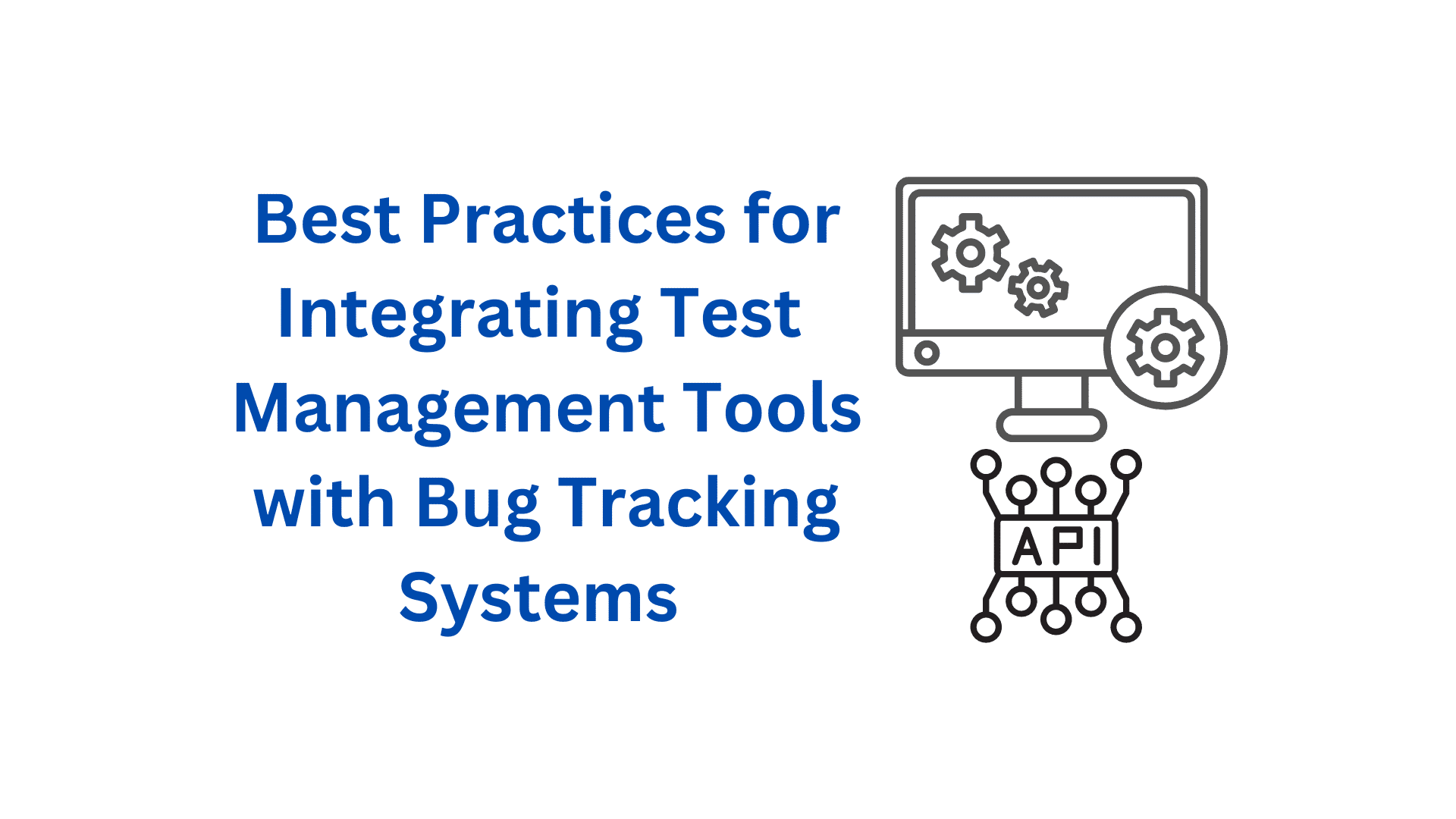Back in the day, software quality assurance used to be a final checklist before deployment. Everyone saw it as something that could be passed on. However, this isn’t the case anymore.
Now, QA has turned into a continuous and integrated process. One that helps teams ensure product excellence and success.
Sectors that are highly regulated, such as finance, demand testing solutions that are intelligent and easily integrate with their existing workflows.
Kualitee and Monday.com are two names that meet these demands. These platforms combine AI-test management, reporting, and analytics upon being synced two-way with each other. When put together, they have the ability to help QA teams operate better and provide faster deliveries, without compromising on quality or compliance.
The Changing Face of QA
Traditional QA models that are manual and sequential are no longer sufficient for the high software demands. Not to mention that software applications now push frequent updates, and the older models only slow testers down.
Hence, the shift towards agile, DevOps, and continuous delivery models is being made. This shift requires QA to be embedded throughout the development lifecycle, enabling faster feedback and higher quality. Several key factors drive this evolution, and those are:
- AI and Automation: It’s the dawn of artificial intelligence. Test creation, execution, and maintenance are carried out using this technology. Manual labour is minimized to accelerate repetitive tasks. Testers have the freedom to focus on exploratory and strategic testing.
- Integrated Workflows: QA has become a part of a broader system. One that includes development, project management, and business teams. Integrating QA tools with platforms like Monday.com ensures that testing processes are visible to everyone. This also helps in aligning the overall project goals by reducing miscommunication and delays.
- Continuous Testing: When it comes to DevOps environments, continuous integration and continuous deployment (CI/CD) pipelines demand continuous testing. Automated tests are required to run with every code change. This provides immediate feedback and enables early fixes.
What Kualitee Brings to the Table
Kualitee is designed with flexibility and comprehensiveness in mind. It supports QA teams throughout the entire testing lifecycle. The core strength includes combining AI capabilities with other user-friendly features.
These features cater to both the testers and business stakeholders. The following are some of them.
- Requirement Traceability:
The platform links every test case to specific business requirements. Financial institutions consider this very important as they must demonstrate compliance with regulatory standards. Not only that, but requirement traceability also helps teams understand the impact of each change and prioritize test efforts better.
- Defect Management:
Kualitee has a centralized defect tracking system. All the defects that emerge are stored in one place. This makes the process of reporting, assigning, and resolving bugs easier. Furthermore, defect status tracking is also present. Teams can manage them easily and make sure that critical issues are addressed promptly.
- AI-Powered Test Case Generation:
Not many platforms have their own AI assistant. Kualitee isn’t one of them. It offers Hootie, which completely changes how test cases are created.
By analyzing requirements and even UI screenshots, Hootie generates detailed and accurate test cases instantly. Manual effort, along with human error, is greatly reduced this way.
- AI Test Management:
Besides test case generation, Kualitee also leverages AI to optimize the entire test management process. This basically includes intelligent prioritization of test cases based on their severity. Other than that, there’s predictive analytics to forecast potential defects and recommendations for test maintenance.
These insights help QA teams focus on the critical areas first. Efficiency and effectiveness are boosted.
- Reusable Test Repositories:
Libraries of reusable test cases and templates can be built in Kualitee. This allows consistency across projects. The feature is especially useful in regulated industries. Mainly because repeatability, documentation, and audit trails are important to compliance and quality assurance.
Monday.com’s Features and Strengths
Monday.com is a project management tool. But, the thing about it is that it extends beyond traditional project management by offering a versatile Work Operating System (Work OS). It supports collaboration, transparency, and workflow automation across multiple teams. Some basic features of the platform include:
- Visual Boards:
Monday.com has boards that provide a clear and customizable view of tasks. These boards can also show you timelines and dependencies. QA teams can track the progress of their test cases, defects, and release milestones visually. This makes it easier to identify bottlenecks.
- Automations:
Routine tasks are automated by the platform. Sending reminders, updating statuses, or assigning issues has never been easier. Manual workload is reduced with Monday.com, and it ensures that all deadlines are met.
These things are very helpful in software quality assurance since timely defect resolution and test executions are needed in this domain.
- Dashboards:
Real-time dashboards are present in Monday.com. These dashboards collect data from multiple boards and integrations, and then they offer insights into project health. The resource utilization is also mentioned here. These analytics support quick decision-making and continuous improvement.
- Integration Capabilities:
The best thing about this Monday.com is that its open architecture allows seamless integrations with Kualitee and other tools. This leads to data synchronization and unified workflows, all in one place.
Considering this, QA activities are fully embedded within the broader project management ecosystem.
How the Kualitee-Monday.com Integration Works
When Kualitee is integrated into Monday.com, it creates a close, end-to-end ecosystem. This ecosystem is capable of addressing the challenges of modern software development and testing.
Once everything is configured, this integration offers the following things.
1. Defect Sync
So, when a QA engineer logs a defect in Kualitee, the integration automatically creates a corresponding item in Monday.com.
Furthermore, this item includes all key fields, such as:
- Title, description, and steps to reproduce
- Attached screenshots, comments, and severity levels
Quality assurance managers can immediately view, assign, and prioritize issues within their Monday workflows. It doesn’t matter where they are; this can be done remotely.
2. Two-Way Updates
What makes this integration really effective is its bidirectional updating. Let’s say a developer marks an issue as “In Progress” or “Fixed” in Monday.com. This change will reflect back in Kualitee.
It doesn’t just end there. The comments added or assignments changed on one side also appear immediately on the other.
This means that QA teams can monitor fixes and change the status of a defect from within Kualitee. They don’t have to switch manually to Monday.com. All information gaps are eliminated, and everything becomes clearer for everyone.
3. Shared Visibility
Since the data is synced between Kualitee and Monday.com, QA, developers, product managers, and stakeholders can view the test case progress and defect status from a single interface.
The information fed from QA lifecycles is displayed in real-time in Monday’s dashboards. On the other hand, Kualitee’s ‘Defect Management’ tab displays developer progress and everything else that is pulled from Monday.
This ‘One Canvas, one source of truth’ is great for ensuring transparency across functions.
4. Lower Friction
The biggest plus point of this integration is how it reduces friction. We mean:
- No more repetitive copying and pasting of defect and test details
- No manual status updates or duplication risks
- A QA – Dev pipeline that works like clockwork. i.e., failure → log → assign → fix → retest
When automation takes over and these tasks are offloaded, teams are not just saving time. They’re also minimizing human errors and instead shifting their focus to true engineering and testing work.
Final Words
Traditional QA methods make it difficult to push out timely software updates and meet deadlines. This is because there’s more manual work than automated. To tackle the issue, Kualitee and Monday.com work together.
When the two platforms are integrated with each other, they allow defect sync, two-way updates, shared visibility, and lower friction. Hence, the software development and testing cycle is visible to all parties involved. Automation is also implemented so time and effort can be saved.
















































